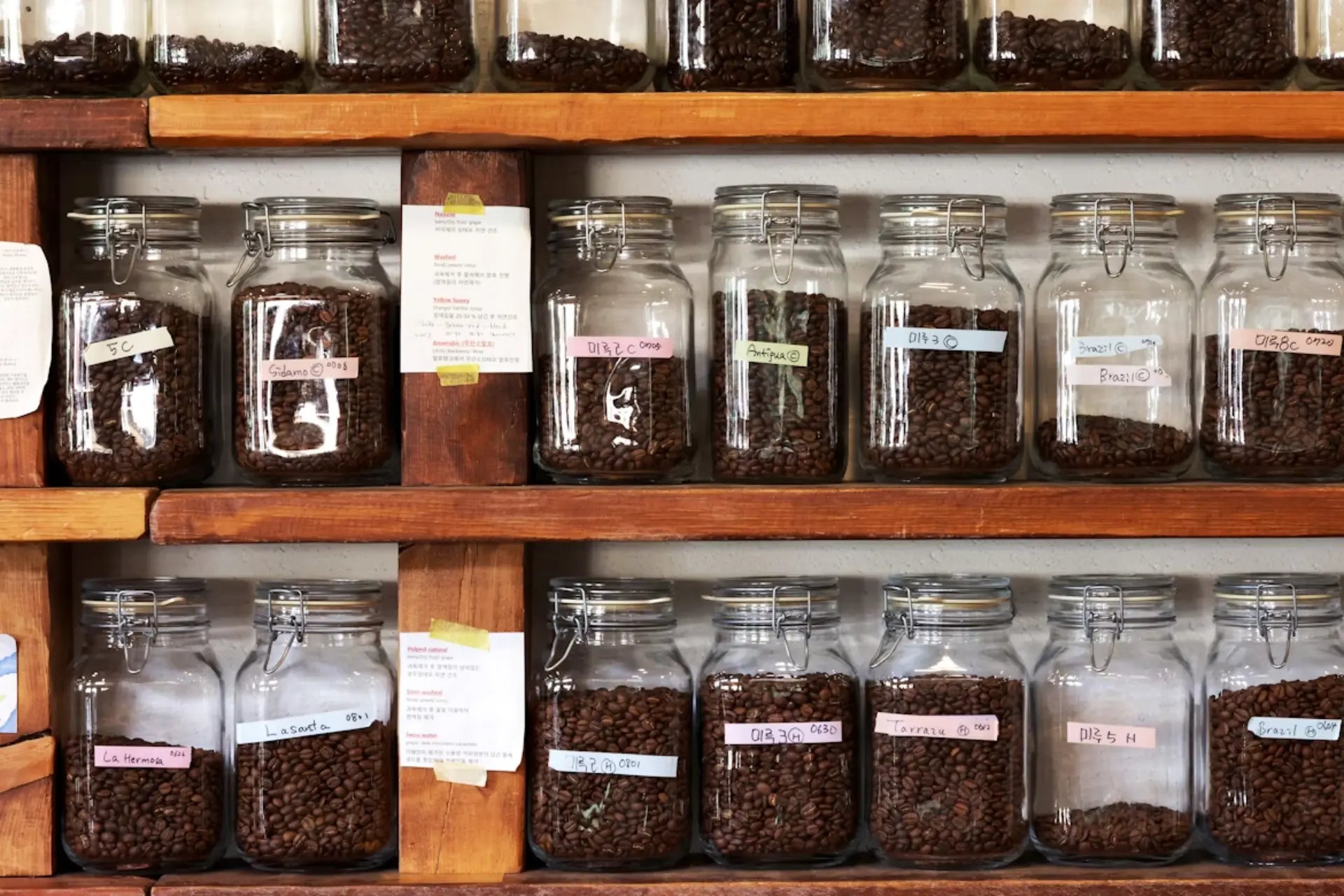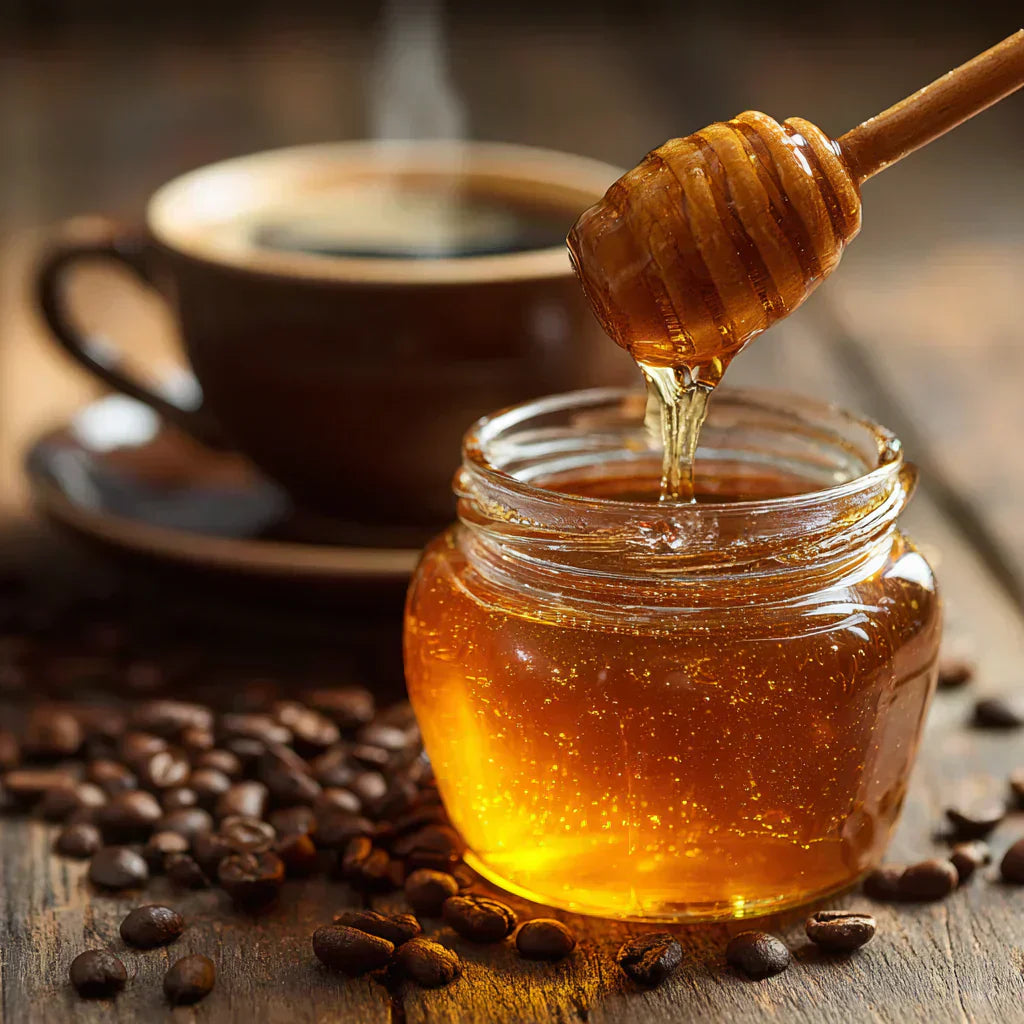To talk about ham in Spain is to talk about culture, tradition, and excellence. This product, deeply rooted in the national identity, is not just a food: it's a symbol of quality, patience, and craftsmanship. In this article, you'll learn everything about Spanish ham : from its origins to how to choose the best, including its types and secrets for enjoying it to the fullest.
Origin and History of Ham
Ham has ancient roots in the Iberian Peninsula. Already in Roman times, Hispania was known for its cured products, and the use of salt to preserve meat was documented. During the Middle Ages, the pig became a cultural symbol in the Christian north, while curing techniques were passed down through artisanal methods.
Over the centuries, regions like Jabugo, Guijuelo, and Teruel perfected their methods, turning ham into an art form. Protected Designations of Origin were born in the 20th century, ensuring quality, traceability, and tradition.
Today, Spanish ham is a world-renowned culinary treasure, a symbol of culture, flavor, and excellence.
Types of Ham in Spain

In Spain, ham is not just a food, but an expression of culture and tradition. It's present in celebrations, tapas, and everyday meals, and its quality varies depending on the type of pig, its diet, and the curing process.
It is usually classified into two large groups: Serrano ham , made with white pigs and cured in cold, dry climates, and Iberian ham , which comes from the Iberian breed and offers more intense flavors, especially when the animals have been fed on acorns.
1. Serrano Ham
It comes from white pigs such as Duroc, Landrace, or Large White . It is the most commonly consumed daily pig in Spanish homes and traditional restaurants. Its name "serrano" comes from the practice of curing it in mountainous areas, where the cold, dry climate favors slow maturation.
Curing: between 7 and 16 months , depending on the piece (bodega, reserva, gran reserva).
Taste: Smooth, slightly salty, with mature but approachable notes.
Featured areas: Teruel (with Designation of Origin), Trevélez, Alpujarra.
Ideal for: tapas, snacks, everyday cooking, hot dishes.
2. Iberian Ham
A national treasure. Made from Iberian pigs, exclusive to the peninsula. Its meat is darker and more marbled, thanks to the natural infiltration of fat, giving it a juicy texture and incomparable flavor.
Varieties according to the animal's diet and lifestyle:
-
Cebo: pigs raised in stables, fed with grain and legume feed. This is the most affordable Iberian ham.
-
Field Bait: They live part of the time outdoors, feeding on natural grasses as well as feed. Better texture and flavor than bait.
-
Bellota: raised free-range in pastures and fed exclusively on acorns and grasses during the montanera period. This is the highest quality and most affordable ham, with a unique sensory profile.
Curing: between 24 and 48 months , depending on weight and type.
Flavor: intense, with sweet nuances, umami, and long persistence in the mouth.
Protected origin: Hams with PDOs such as Guijuelo, Jabugo, Los Pedroches or Dehesa de Extremadura guarantee superior quality.
Ideal for: enjoying it alone, in thin slices, accompanied by a good wine or neutral bread that doesn't hide its flavor.
How to recognize a good ham?
Note these points:
-
Infiltrated fat: a sign of quality (especially in Iberian ham)
-
Color: deep red with white veins
-
Aroma: should be enveloping, without rancid odors
-
Label: In Iberian, there is a color system (black, red, green, white)
How to cut and store ham correctly?
1. Preparing the cut:
Before you begin, place the ham in a sturdy ham holder , with the hoof facing up if you're going to eat it quickly (the most cured part first), or down if you're going to be consuming it for several days. You'll need three knives:
-
Ham knife (long and flexible) for fine cutting
-
Boning knife (shorter and stiffer) for areas close to the bone
-
Steels or sharpener to maintain the edge constantly
Remove the outer rind and some of the yellow (oxidized) fat, leaving only a thin layer of white fat, which provides flavor and protection.
2. Cutting technique:
Make thin, parallel cuts , always facing away from you, starting with the widest part (the butt). The slices should be transparent , about 5–7 cm long, with some fat to enjoy the full flavor.
When you get to the bone, switch to a short knife to get all the meat out. Save the bones if you plan to use them for broths or stews.
3. Proper conservation:
-
Once opened, cover the cut surface with the fat slices you removed at the beginning.
-
Then, wrap the area with a clean cotton cloth or waxed paper (never plastic).
-
Store it in a cool, dry and ventilated place , away from the sun and heat sources.
If the environment is very dry, you can cover the area with a little olive oil to prevent it from drying out.
How long does it last?
Ideally, consume ham within 2 to 3 weeks of first cutting to maintain its optimal texture and flavor. Don't refrigerate it unless it's already sliced.
Pairings that enhance the flavor
-
Jamón Ibérico de bellota : it pairs perfectly with light red wines, cavas or even a good dry sherry.
-
Serrano ham : goes well with craft beers, dry white wines, or vermouth.
Ham and sustainability?
More and more producers are opting for extensive livestock farming, unhurried and unexploitative , respecting the natural rhythm of the animal and the land. Choosing quality ham is also a responsible choice.
Conclusion: Ham, National Pride
Ham isn't just a star product of Spanish cuisine: it's a story told with patience, dedication, and respect for tradition. Whether Serrano or Iberian, each slice is a unique sensorial experience.
And remember:
If you're going to enjoy ham, let it be authentic, well-cured, and trustworthy .
👉 Discover our gourmet selections of Serrano and Iberian ham at La Boutique di God and experience the true taste of Spain.






Share:
What is the difference between Nespresso, Dolce Gusto and eco single-dose capsules?
Easter Dove: Traditional Italian Easter Bread